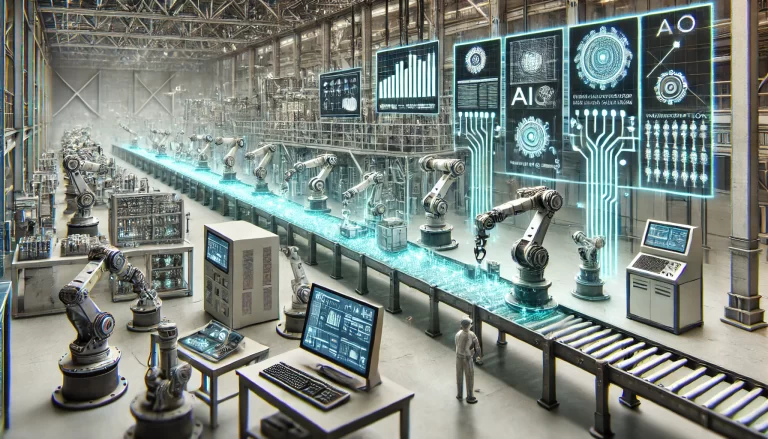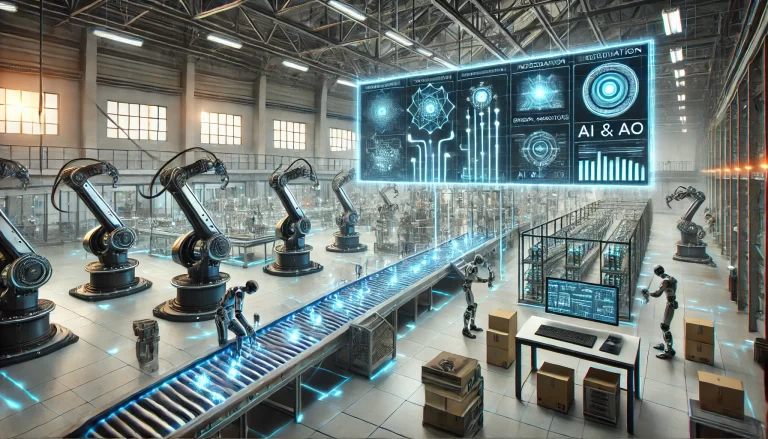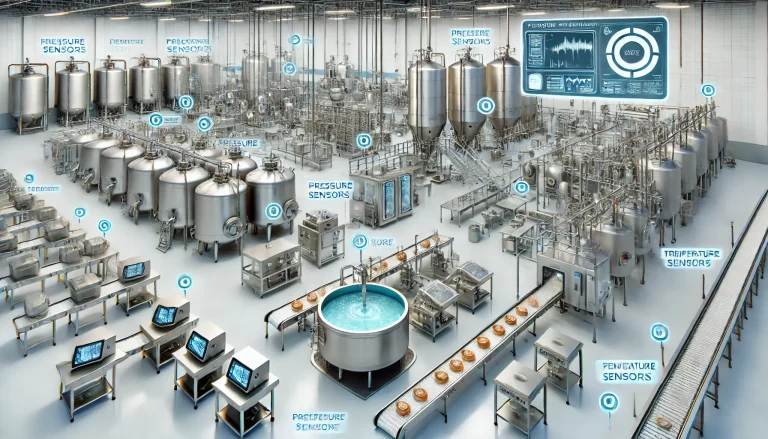Introduction
In the intricate systems of industrial automation, Distributed Control Systems (DCS) play a pivotal role in process control and monitoring. On DCS modules, the terms DI (Digital Input), DO (Digital Output), AI (Analog Input), and AO (Analog Output) are commonly seen. These signals are critical for device management and maintenance. This article delves deeply into the types and real-world applications of AI and AO signals, offering insights into their importance and usage in industrial settings.
Definition of Analog Signals
Analog signals represent continuously varying physical quantities such as voltage, current, pressure, speed, and flow. Unlike digital signals, analog signals change smoothly over time. Common examples include 0–10V voltage signals and 4–20mA current signals.
These signals are captured via Programmable Logic Controllers (PLCs) equipped with analog modules. Through processes like sampling and quantization, analog signals are converted into digital signals for further processing and analysis.
Analog Input (AI)
What Is AI?
Analog Input signals receive continuously varying physical signals, such as temperature, pressure, and flow, transmitted by sensors. These signals, often in the form of current (e.g., 4–20mA) or voltage (e.g., 0–10V), are converted into digital data readable by computer systems.
Examples of AI Applications:
- Thermocouples: Measure temperature by converting heat into voltage.
- Resistance Temperature Detectors (RTDs): Provide resistance signals based on temperature variations.
- Transmitters: Output current signals proportional to parameters like pressure and flow.
By integrating AI signals, control systems monitor environmental changes in real-time, providing critical data for decision-making.

Analog Output (AO)
What Is AO?
Analog Output systems convert digital signals generated by computers into external analog signals like 4–20mA current or 0–10V voltage. These signals control external devices such as valves, motors, and actuators, enabling precise industrial process regulation.
Examples of AO Applications:
- Electric Actuators: Control the degree of valve opening via voltage or current signals.
- Pneumatic Actuators: Adjust valve positions in response to analog control signals.
- Variable Frequency Drives (VFDs): Modify motor speeds using analog output signals.
AO signals bridge digital computation with real-world control, ensuring seamless operation across diverse industrial systems.
Types and Roles of Sensors
Sensors are essential components in collecting environmental data and converting it into signals suitable for analog signal processing. Commonly used sensors include:
- Temperature Sensors: Devices like RTDs and thermocouples measure heat levels.
- Pressure Sensors: Detect pressure changes in fluids or gases.
- Humidity Sensors: Measure moisture content in the air.
- Level Sensors: Monitor liquid levels in tanks or reservoirs.
These sensors support various industries, providing data essential for automation and monitoring.

Applications of Analog Level Meters and Material Level Meters
Analog level meters and material level meters convert level height into analog electrical signals, which are then used for measurement and control. These devices are widely applied in industries such as oil processing, food production, chemical engineering, water treatment, and power generation.
Measurement Methods:
- Float-Type Level Meters: Use buoyancy principles to measure liquid levels.
- Ultrasonic Level Meters: Employ the speed difference of ultrasonic waves in liquids and air for measurement.
- Radar Level Meters: Utilize reflected radar waves to determine level height.
These instruments ensure accurate measurement and control, enhancing the efficiency and safety of industrial processes.
Signal Conversion: ADC and DAC
In automation systems, converting between analog and digital signals is essential.
- ADC (Analog-to-Digital Conversion): Transforms continuous analog signals from sensors into digital signals.
- DAC (Digital-to-Analog Conversion): Converts processed digital signals back into analog signals for controlling external devices.
For instance, a 0–10V voltage signal undergoes several conversions: from real-world measurement to analog signal, then to digital signal for computation, and finally back to an analog output. This multi-step process ensures precise monitoring and control.
Why Choose 4–20mA for Analog Signals?
Analog signals often prefer 4–20mA current over 0–10V voltage due to several reasons:
- Noise Resistance: Voltage signals are more susceptible to electromagnetic interference, especially over long cable distances.
- Fault Detection: A 0mA signal can indicate a cable disconnection, whereas 0V in voltage signals could mean either a fault or a valid zero-pressure reading.
This robustness makes 4–20mA the standard choice in industrial automation.

Summary
AI and AO signals are indispensable in industrial automation, enabling real-time monitoring and precise control. By integrating sensors, actuators, and signal conversion technologies, these signals ensure seamless communication between the physical world and control systems. As industrial automation advances, the role of AI and AO signals will continue to expand, driving efficiency and innovation in diverse fields.
